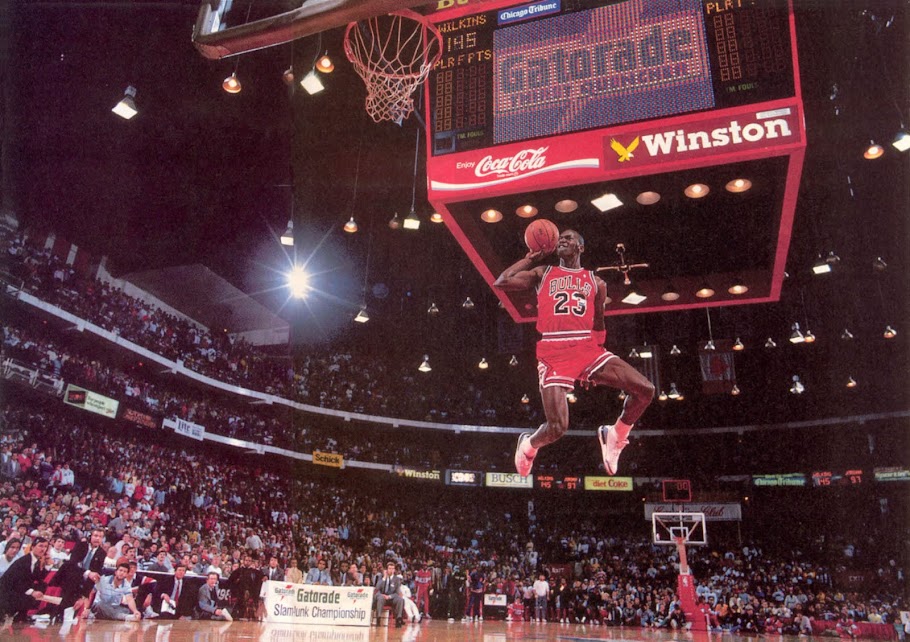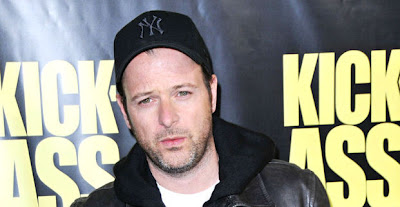Click the Prometheus movie poster above to visit the Prometheus IMDb page.
Monday 29 October 2012
Friday 19 October 2012
Monday 15 October 2012
Representation In The Media - Stereotypes
Constructing a Stereotype
A Teenage Black Male - North London. Typical stereotype = Criminal/Thug.
1.Camera Angles, Shots and Composition:
Long shots, or mid shots will be used a lot to show the miseenscene, for example if there was a shot of the character walking down a high street, a long shot would be used to show their clothing the surrounding area and anybody around them particularly if part of a gang, this type of shot would also show any passer by reaction to the group. Close ups could reveal certain features, guns, weapons etc. Tracking shots could also be used to show pace and tempo during certain scenes such as a chase scene.
Short sharp camera shot changes and scene changes.
Non Diagetic - Typical music that could accompany these types of characters throughout a text could be grime (originated in London) or hip hop records; these types of music contain certain elements, electronic elements, synth, dark guttural base lines, fierce, offensive lyrics and sound. Will be SYNCHRONOUS and fit the mood of the scene.
Dark gritty dim areas, council estates, parks, run down high streets etc, cheap fast food restaurants (think Maryland). CLothing could include tracksuits, hoodies, caps, bandanas, trainers etc. Other people may be associated with the characters in the scene, for example if they where part of a gang. Props could include weapons, drugs, money (Camera and editing will pick up on these.) Diagetic lighting street lighting (lamp posts) car lights. Graffiti, Litter.
Saturday 13 October 2012
Friday 12 October 2012
Understanding Filmmaking
The following link takes you directly to a website which comprehensively explains every stage. Click on image below.
Thursday 11 October 2012
The Seven Key Areas of Audience and Institutions - Translations
During year 12 you will study a specific studio or production company within the film industry that targets a British audience, looking at how films are produced, distributed, exhibited and consumed by audiences. You will also have to study how films are distributed (digital cinemas, DVD, HD-DVD, downloads, etc) and their impact upon production, marketing and consumption.
- the issues raised by media ownership in contemporary media practice; (how does who owns a media company influence the type of film made and its potential success? For example do BIG companies make BIG films and therefore make all the money? Is it possible for small companies to succeed?)
- the importance of cross media convergence and synergy in production, distribution and marketing; (how do companies work together to produce, distribute and publicize a film? How can Disney use their size to promote and publicise a film? How can small companies work together to promote their business' when making and promoting a film?)
- the technologies that have been introduced in recent years at the levels of production, distribution, marketing and exchange; (how has the introduction of digital film, 3D, DVD, Blue Ray, internet streaming, downloadable content, home cinema influenced the types of films made, the way we watch them and the way we 'buy' them?)
- the significance of proliferation in hardware and content for institutions and audiences; (how and why have film companies had to alter the way they work now everyone has web enabled phones, PC's, consoles etc? How have audiences changed their viewing habits now we no longer need to go to the cinema to watch a film)
- the importance of technological convergence for institutions and audiences; (can you think of examples of how different technologies have come together to help the film industry?)
- the issues raised in the targeting of national and local audiences (specifically, British) by international or global institutions; (how do film companies try and attract their audience? Do they do different things in different countries?)
- the ways in which the candidates’ own experiences of media consumption illustrate wider patterns and trends of audience behaviour. (what is your opinion on the above? Do you see the developments as a good or bad thing?)
Monday 8 October 2012
Monday 1 October 2012
Subscribe to:
Posts (Atom)






